Category: earthquakes
The 2023 Turkey Earthquakes: “It Felt Like It Would Never Be Over”
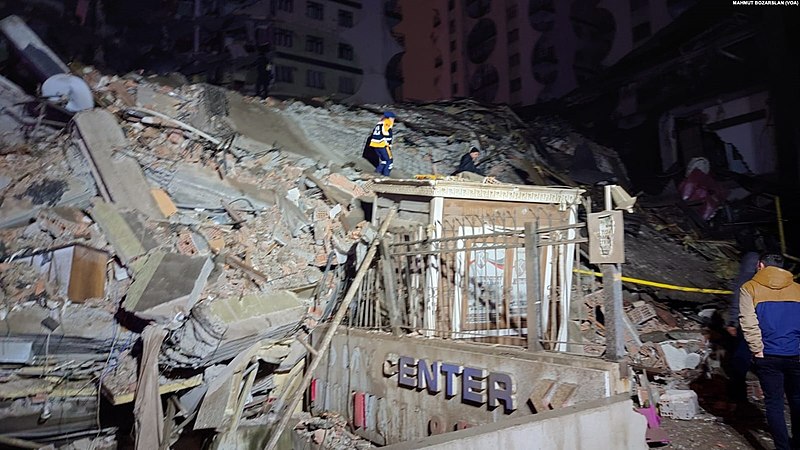
Turkey and Syria are reeling after being struck by two enormous earthquakes in quick succession. Both earthquakes occurred along the East Anatolian Fault Zone; between them and their aftershocks, the damage is catastrophic, and the death toll is already in the thousands and rapidly climbing.
The first earthquake, striking near Gaziantep at 4:17 am local time, was measured by the USGS as a M7.8. At first, it wasn’t clear whether this earthquake struck within the East Anatolian Fault Zone (EAFZ) or the Dead Sea Transform fault zone. As of this writing, it appears it was located within the EAFZ.
The second earthquake struck near Ekinözü at 1:24 pm local time, and measured as a M7.5. Though it was 95 kilometers northeast of the initial quake and on a separate fault, it qualifies as an aftershock instead of a stand-alone earthquake. More on that later in this post.
We won’t have a clear picture of precisely which faults were involved, the details of the earthquakes, and the implications for the region going forward for months, possibly longer. Once we have some solid science, I’ll write up a properly detailed post for you. For today, I’ll go over some of the best available science, share some sobering videos, and provide ways you can help people in the affected region. (more…)
The Blanco Fault Zone Rides Again
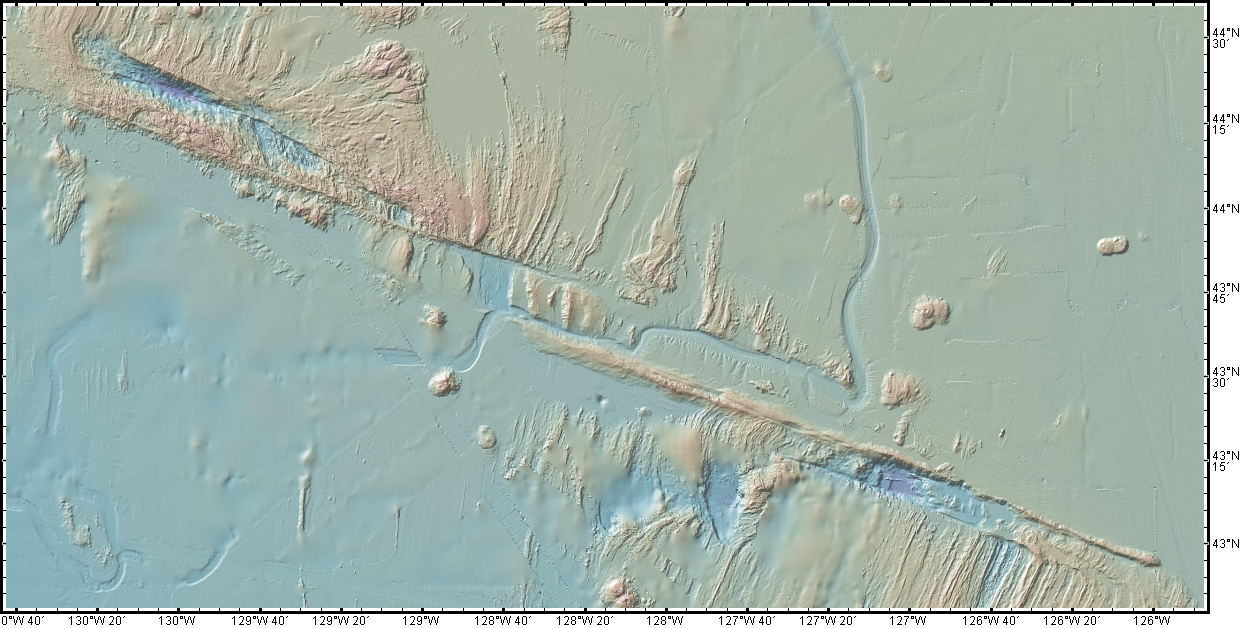
Do we have to do this again so soon? Really? Oh, geez.

Must we really, CNN? Credit: Dana Hunter
I’m not going to link that article, because while it does quote seismologist Harold Tobin up front basically saying nothing to see here, folks, everything’s normal on the Blanco Fault Zone, it also tries to scaremonger. And I’m so over the scaremongering.
Listen. This is the Blanco Fault Zone. Earthquake swarms with many temblors of this magnitude are its specialty. It means absolutely nothing for the mainland. Zip. Zilch. Nada. Read this very good article on Oregon Public Broadcasting, which laid out the facts in beautiful form.
And no, this has utterly nothing to do with submarine volcanoes. No, not even Axial seamount. Dr. Jackie Caplan-Auerbach wrote an entire post explaining how much it’s not that:
There have been a lot of questions about the recent Blanco tranform activity, including whether these are related to volcanic activity in general, and Axial Seamount in specific. The short answer is no, these are definitively not volcanic quakes, but more detail follows.
First, the Blanco Transform fault is the most active fault in the Pacific NW, with very frequent quakes >M5. We can tell that these are normal Blanco faults by their location, by the way they fail (these are strike-slip earthquakes, consistent with the fault’s normal behavior, and happily, the type least likely to generate tsunamis).There is no volcanism associated with transform faults. The nearest frequently active volcano (and the one people most often ask about) is Axial seamount, which is ~300 km from the activity we are seeing on the Blanco this week. This is much too far apart for these features to be associated with one another.
And I swear we all have to do this every dang time.
For anyone who’s been worried that this is the harbinger of something geologically awful in the Pacific Northwest, please be assured that it is not. This is absolutely business as usual on the Blanco Fault Zone. This is what it does. It’s not going to trigger the Cascadia megatsunami. It’s not even going to cause any minor inconveniences to the mainland. Volcanoes aren’t going to be triggered. Literally the only way it’s going to become an issue is if we decide to build a seafloor city right on top of it. Which, knowing humans, someday we will definitely do.
Just a hair over two years ago, my Scientific American article explained why the Blanco should be considered a fun rather than fearsome fault zone. I shall now reproduce that article here, because literally nothing has changed except the date. Please bookmark this to reference whenever someone starts freaking out over the Blanco’s latest antics. It’s all chill, folks. Just enjoy it’s little productions! Because they’re actually entertaining and informative from an earth science perspective, just the way we like our geology. (more…)
“The Earthquake Was So Strong, And It Was Very Long:” The 2020 Aegean Sea Earthquake
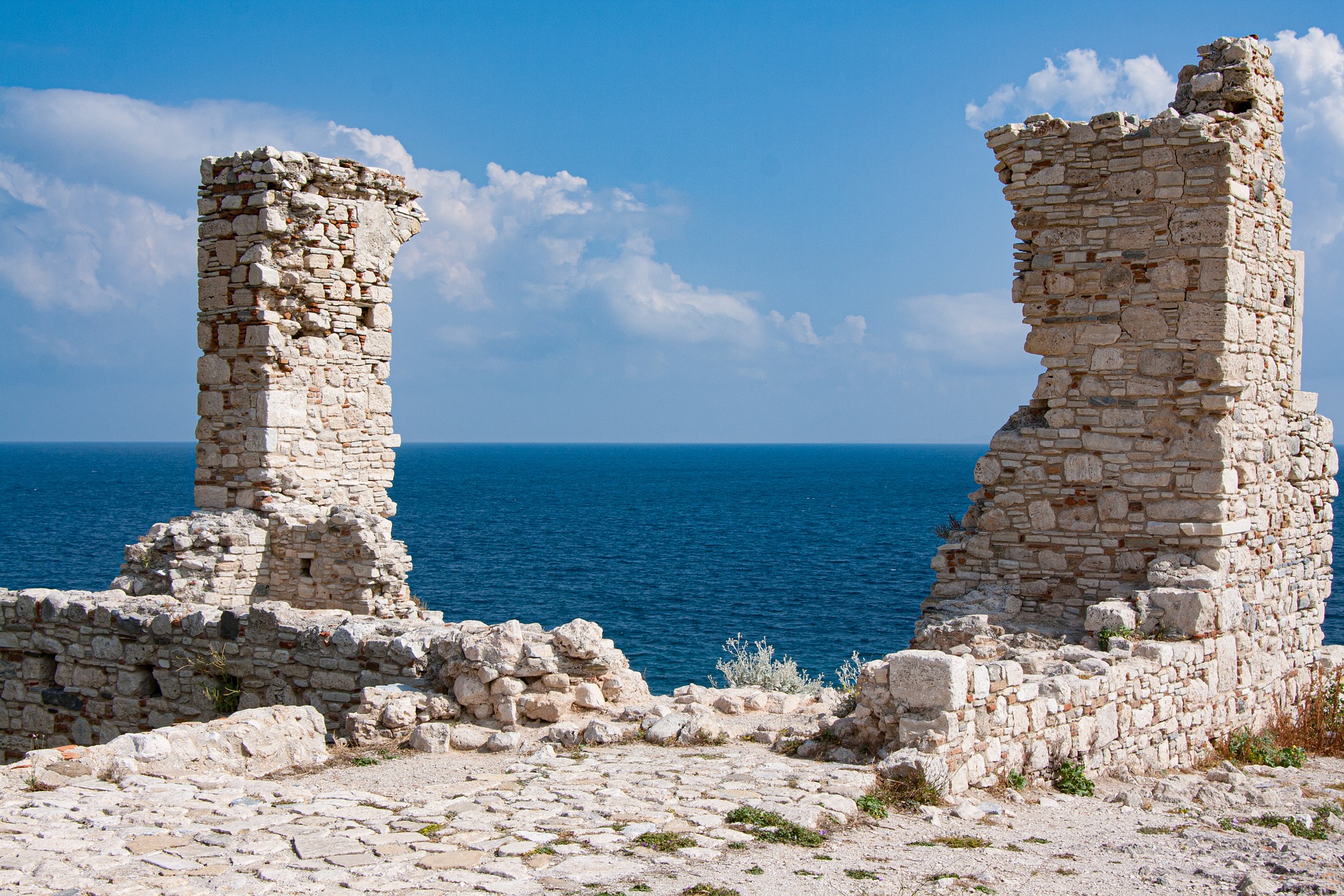
The geologic story of the Mediterranean is seismic. Tectonic or volcanic, earthquakes abound. A look at any seismic monitoring page for the region will show a cacophany of tremors, most never felt. But every few years, sometimes more than once a year, stressed faults fail catastrophically, and the human toll is grim.
On October 30th, 2020, the 40 kilometer Samos Fault, just offshore from the Greek island of Samos, slipped at a depth of about 21 kilometers, unleashing a devastating earthquake that has been variously measured at M6.7, M6.9, and M7.0. The intensity reached VIII on the Mercalli scale. This was the largest magnitude the fault is capable of, and many witnesses said it’s one of the longest earthquakes they’ve experienced. One said the shaking lasted 25 seconds. That becomes an eternity when you’re trying to find safety. (more…)
Earthquakes in the Time of COVID-19
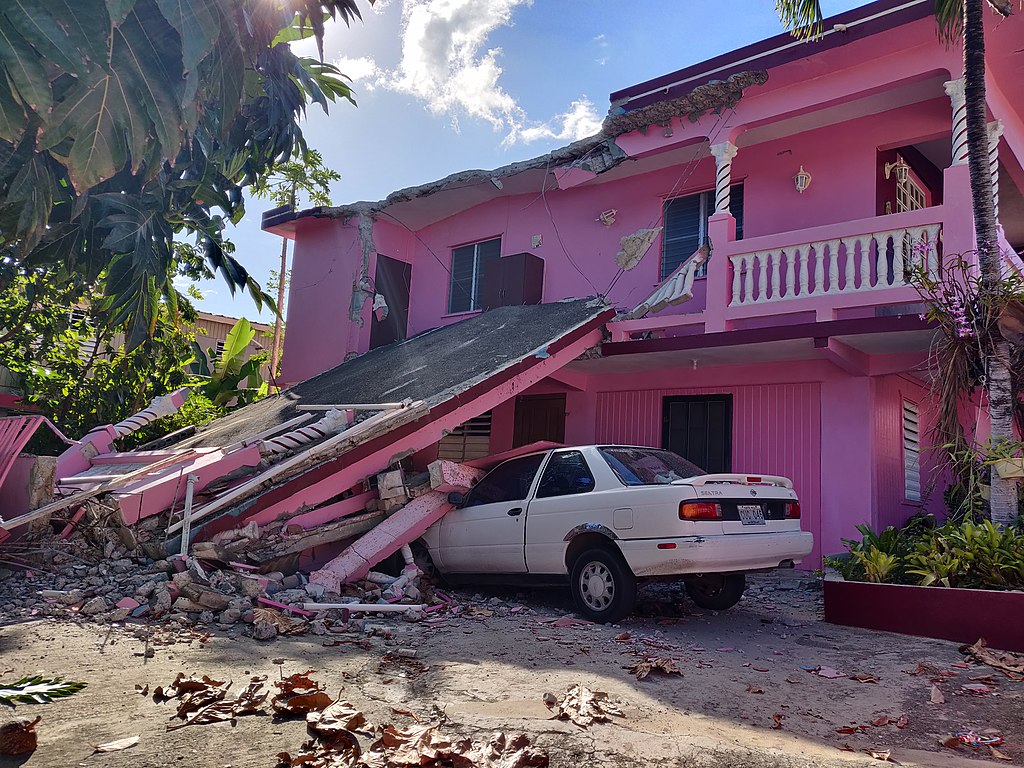
Puerto Ricans are facing a multitude of tough challenges right now. 2020 has been far from kind to the island and its residents, throwing challenge after disaster after threat at them.
Puerto Rico’s earthquake sequence rumbles on. For a few weeks, it seemed things were quieting down. I’d begun to wonder if it was finally petering out, but then came July 3rd, and two substantial earthquakes that let us know that the southwestern region of the island isn’t going to see an end to the shaking any time soon. And that’s just the start of the troubles plaguing the island.
Many of us are struggling in the face of this pandemic (especially those of us living in countries whose leadership didn’t take effective measures to contain the novel coronavirus, and are now facing ever-increasing rates of infection and death). But being hit with a murderous virus while the earth is nearly constantly shaking, and you’ve lost your home just when you most need to shelter in place, is extra horrible.
Oxaca Earthquake: Another Shaky Tuesday on the Middle America Trench
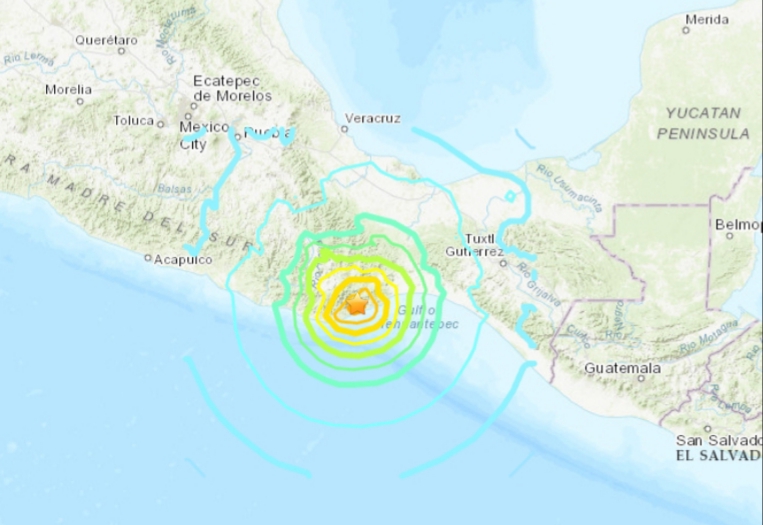
I know, it seems like we were just talking about this, at least geologically speaking. (more…)
